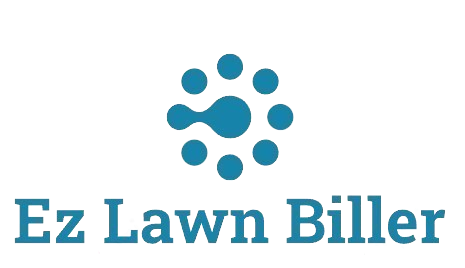Optimizing routes is crucial for lawn care professionals seeking to enhance efficiency and cut costs. Discover best practices to streamline your operations.
Optimize Routes: Best Practices for Lawn Care Pros
In the competitive world of lawn care, optimizing routes can significantly impact your bottom line. By strategically planning your service routes, lawn care professionals can reduce fuel costs, improve customer satisfaction, and maximize productivity. This article will delve into effective strategies for route optimization, highlighting practical tips and the importance of leveraging technology, such as lawn billing software, to enhance your business operations.
As a lawn care professional, you understand the importance of time management. Every minute spent on routing can either contribute to or detract from your service quality. With numerous clients spread across varying locations, the challenge is to minimize travel time while ensuring timely service delivery. In this article, we’ll explore essential best practices to help you optimize your routes effectively, making your lawn care business more efficient and profitable.
Understanding Route Optimization
Route optimization involves creating the most efficient path for service delivery. This includes minimizing travel distances and time while maximizing service efficiency. Statistics show that businesses can save up to 20% in fuel costs simply by optimizing their routes.
Moreover, a well-optimized route can lead to higher customer satisfaction. When clients receive timely service, they are more likely to be satisfied and recommend your services to others. For instance, if a lawn care professional optimizes their schedule to serve several clients in close proximity, they can maintain a punctual reputation.
Utilizing Technology for Route Planning
In the age of technology, leveraging software tools is essential for effective route optimization. Tools such as GPS and mapping software can assist lawn care professionals in planning efficient routes. These tools take real-time traffic conditions into account, allowing for adjustments as needed.
Additionally, integrating a robust lawn service software can streamline scheduling and client management. With solutions like [EZ Lawn Biller](https://ezlawnbiller.com/), you can automate scheduling, enabling you to focus on delivering quality services rather than juggling appointments manually.
Best Practices for Route Optimization
1. **Plan Your Routes in Advance**: Before each workday, outline your service routes. This allows you to identify the most efficient paths and avoid backtracking.
2. **Group Clients by Location**: Whenever possible, schedule clients that are geographically close together. This will help minimize travel time and fuel consumption.
3. **Use Route Optimization Software**: Invest in route optimization software that can automatically calculate the most efficient path based on your client locations. This can significantly reduce planning time and increase productivity.
4. **Consider Time Windows**: Some clients may have specific time frames for service. Factor these into your scheduling to ensure you meet their expectations.
Tracking Your Performance
Tracking performance metrics is vital in understanding the efficacy of your route optimization efforts. Metrics such as fuel consumption, travel time, and client satisfaction can provide insights into how well your routes are performing.
For example, if you notice increased fuel costs without a corresponding increase in service efficiency, it may be time to reassess your routing strategy. Regularly reviewing these metrics allows you to make informed adjustments to your routes and service schedules.
The Role of Client Communication
Effective communication with clients can enhance the overall service experience. Keeping clients informed about their service schedules, any delays, or changes in route can foster a sense of transparency and build trust.
Utilizing features in your lawn service app to send notifications or reminders can keep clients engaged. When clients feel informed, they are more likely to be satisfied, leading to increased retention and referrals.
Implementing Feedback Loops
Encouraging client feedback is essential for continuous improvement. After each service, consider sending out a quick survey to gauge client satisfaction regarding the timing and quality of the service provided.
This feedback can be invaluable when optimizing your routes. If clients consistently mention delays or express preferences for specific times, you can adjust your scheduling to better meet their needs.
Conclusion
In conclusion, optimizing routes is a fundamental practice for lawn care professionals looking to enhance efficiency and customer satisfaction. By utilizing technology, planning routes strategically, and maintaining open communication with clients, lawn care businesses can achieve significant improvements in their operations.
As the lawn care industry continues to evolve, embracing these best practices can set you apart from the competition. Remember, the key to success lies not just in delivering excellent service but also in doing so efficiently. Start implementing these strategies today, and watch your lawn care business thrive.




